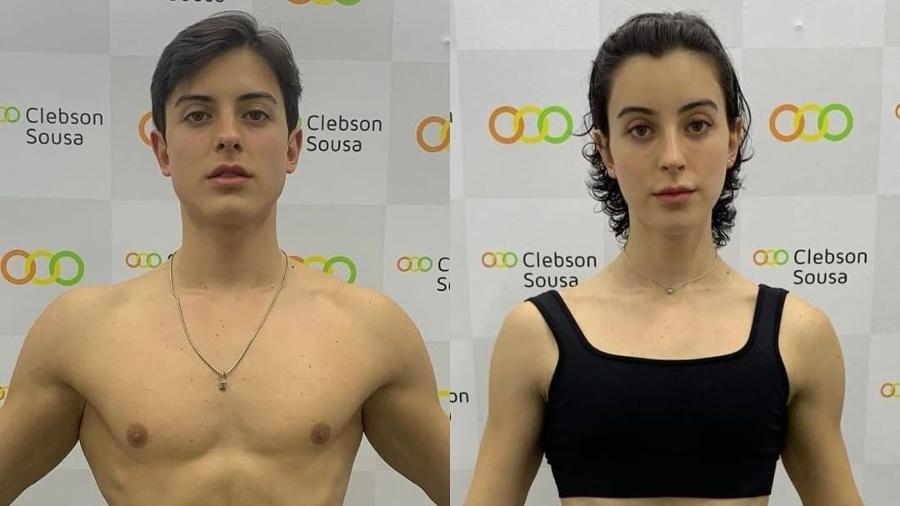Filha de Beyoncé se torna a segunda pessoa mais nova a vencer um Grammy

O clipe de "Brown Skin Girl" deixou Beyoncé mais perto de bater o recorde de mulher com mais vitórias na história do Grammy, que acontece na noite de hoje nos Estados Unidos. A cantora venceu na categoria melhor videoclipe.
No entanto, sua filha Blue Ivy, de 9 anos, também deixou sua marca: pelo mesmo trabalho, ela se tornou a segunda pessoa mais nova a vencer uma estatueta na premiação.
Blue Ivy perde apenas para Leah Peasall, das Irmãs Peasall, que venceu um Grammy pela trilha sonora do filme "E Aí, Meu Irmão, Cadê Você?", de 2000, quando tinha apenas 8 anos.
Nas redes sociais, muitos internautas celebraram a premiada família: Jay-Z, marido de Beyoncé e pai de Blue Ivy, venceu seu primeiro Grammy quando tinha 29 anos; a cantora tinha 19 quando recebeu sua primeira estatueta, e agora a filha dos dois se junta a eles.














ID: {{comments.info.id}}
URL: {{comments.info.url}}
Ocorreu um erro ao carregar os comentários.
Por favor, tente novamente mais tarde.
{{comments.total}} Comentário
{{comments.total}} Comentários
Seja o primeiro a comentar
Essa discussão está encerrada
Não é possivel enviar novos comentários.
Essa área é exclusiva para você, , ler e comentar.
Só s do UOL podem comentar
Ainda não é ? Assine já.
Se você já é do UOL, faça seu .
O autor da mensagem, e não o UOL, é o responsável pelo comentário. Reserve um tempo para ler as Regras de Uso para comentários.